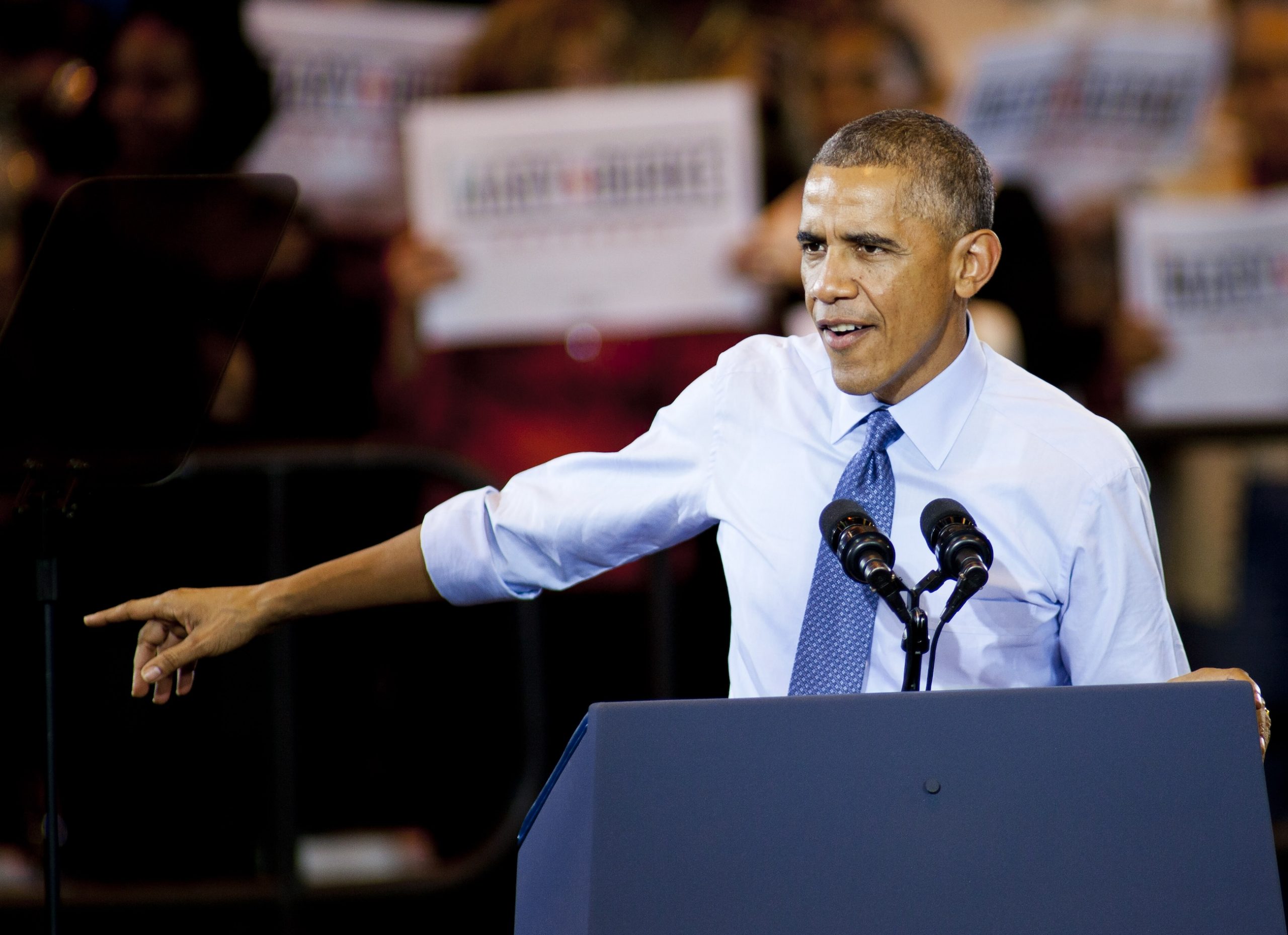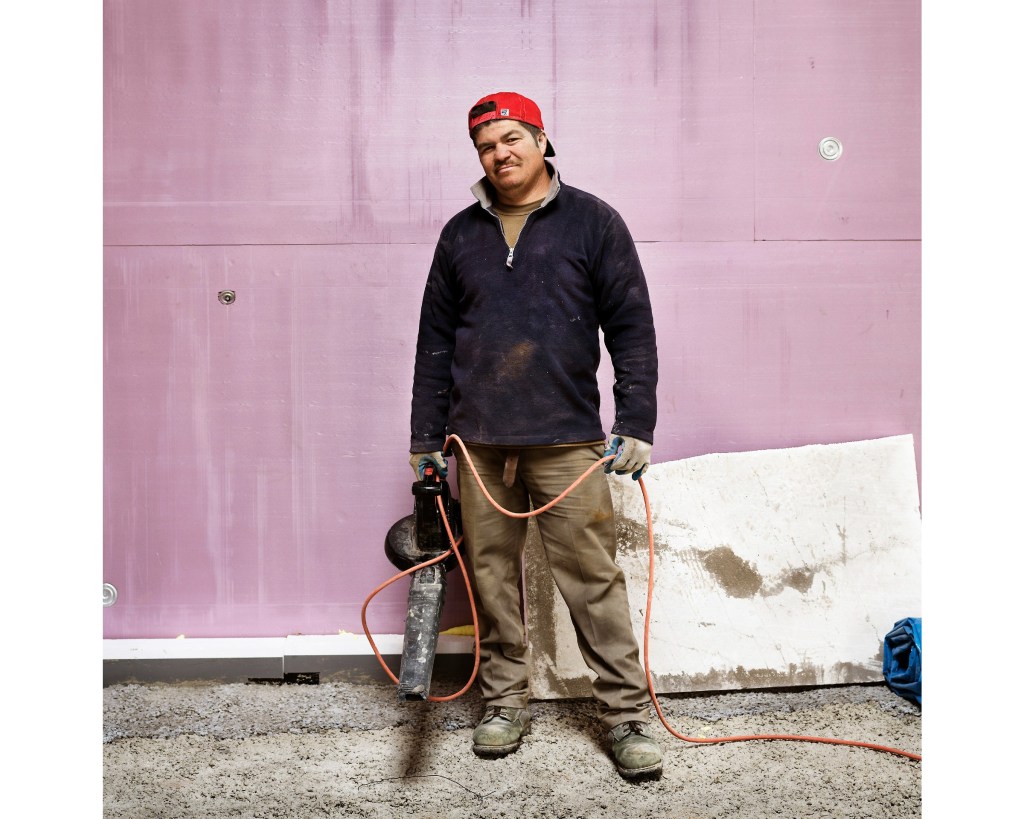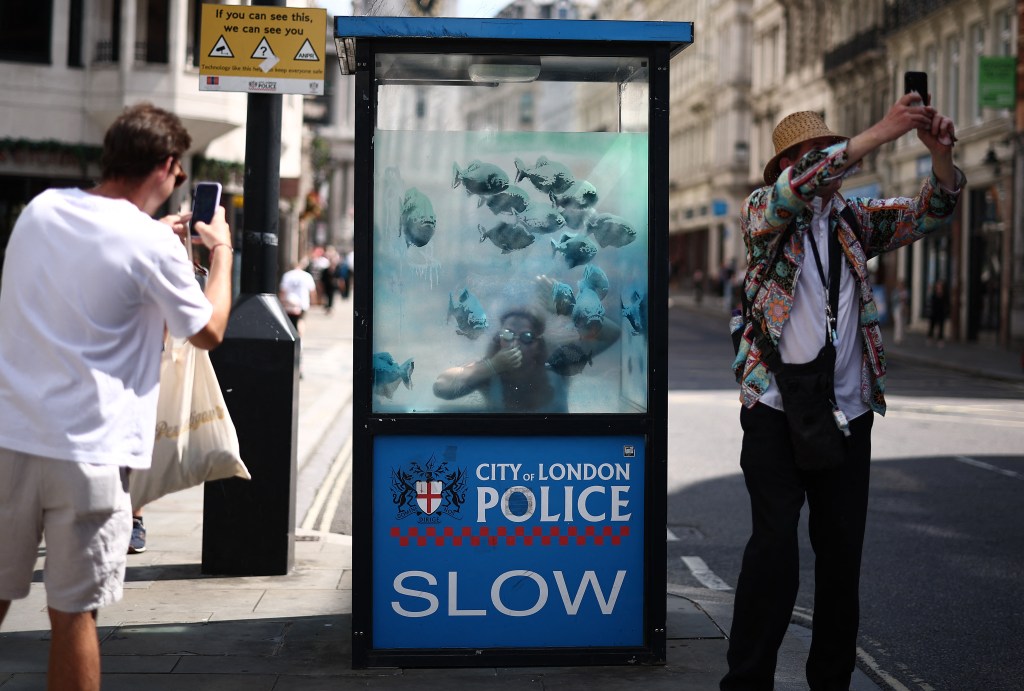In January 2014, then-president Barack Obama was giving a speech to employees at a manufacturing plant in Wisconsin when he said that “folks can make a lot more potentially with skilled manufacturing or the trades than they might with an art history degree.”
The remark was meant to acknowledge Obama’s support for blue-collar, hands-on work in the digital age—a cause championed by many a U.S. president before and after him.
Still, Obama quickly realized that he might have come across as dismissing art history as a career and the people who devote their lives to studying this discipline, adding, “Nothing wrong with [an] art history degree. I love art history. I don’t want to get a bunch of emails from everybody.”
Unfortunately, the damage had already been done. In the next few weeks, the White House did indeed receive a host of messages from disgruntled art historians and academics, including Ann Collins Johns, a senior lecturer in the subject at the University of Texas.
“I wanted to dispel any notion that art history is frivolous, and I wanted to dispel the notion that we are elitists,” Johns later told Hyperallergic.
She stressed that her message “was not so much one of outrage at the statement by Obama, but rather a ‘look what we do well’ statement. I emphasized that as art historians, we challenge our students to think, read and write critically. I also stressed how inclusive our discipline is these days.”
Other students and faculty members at the university also responded to the president’s remark. Undergraduates in the capstone class of department associate chair Julia Guernsey issued a statement defending the value of majoring art history, inviting both the president and First Lady Michelle Obama to the university’s art history research symposium later that year.
“We feel strongly that our education as art historians prepares us to do a variety of things,” they wrote in the Daily Texan, “many of which are vital to the educational well-being of our country, and some of which are also politically, socially, and economically-charged,” the statement reads. “We develop strong writing skills, learn to do in-depth research, read multiple languages, work collaboratively, engage and support creativity at all socio-economic levels, and promote diversity within the arts, archaeology, and the museum world.”
Other liberal arts campuses across the U.S. weighed in also, with New York University student newspaper NYU Local pointing out that “very few NYU students declare an art history major with the hopes of riches as far as the eyes can see,” adding that “art history is meant to be an academic’s discipline, where one’s passion, not monetized ambition, drives the choice of study.”
To her surprise, Johns ended up receiving a mea culpa from the president, starting with the welcome words “Let me apologize for my off-the-cuff remarks.” He went on to tell her he was “making a point about the jobs market, not the value of art history. As it so happens, art history was one of my favorite subjects in high school, and it has helped me take in a great deal of joy in my life that I might otherwise have missed.” After asking her to pass on his apology for the “glib” comment to the entire department, he closed the letter by saying that he was merely “trying to encourage young people who may not be predisposed to a four year college experience to be open to technical training that can lead them to an honorable career.”
If the president’s initial remark drew criticism from art historians, news of his apology frustrated fellow politicians, with Florida senator Marco Rubio tweeting that Obama’s apology was “pathetic,” that he shouldn’t encourage the study of art history, and that society needs “more degrees that lead to #jobs.”
Since the whole episode played out, numbers have emerged that suggest that art history graduates do, in fact, face rather grim job prospects, but that’s another story.
What’s the deal with Leonardo’s harpsichord-viola? Why were Impressionists obsessed with the color purple? Art Bites brings you a surprising fact, lesser-known anecdote, or curious event from art history.
Follow Artnet News on Facebook:



